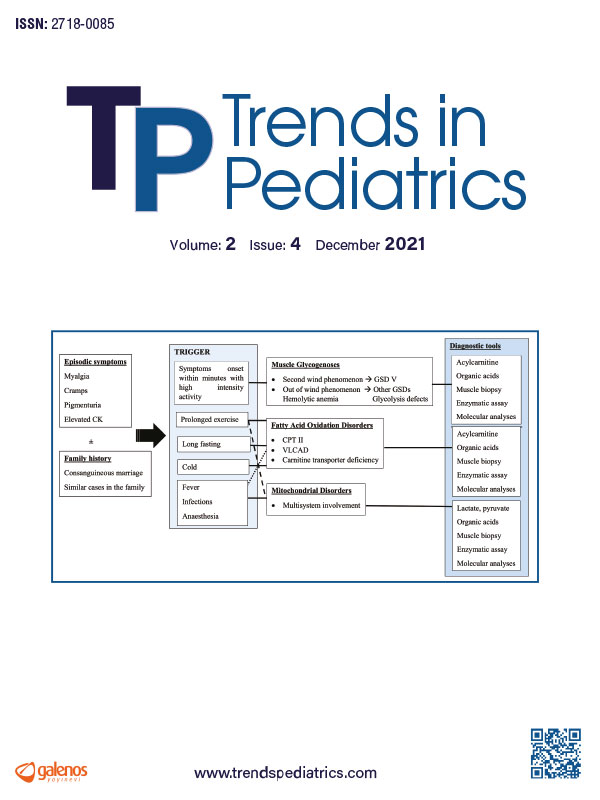Abstract
Cyclopentolate hydrochloride, belonging to a class of drugs known as anticholinergics, is an ophthalmic solution frequently used in ophthalmology clinics because of its cycloplegic and mydriatic effects in both refractions as well as fundus examinations. After application, the maximum cycloplegic effect begins approximately after 30-60 min, which can further continue up to 24 h. Due to a dose-dependent relationship, cyclopentolate hydrochloride’s side effects can be observed both in an ocular and systemic manner which may occur if solutions more than 0.5% concentration are used. Herein, we report central anticholinergic syndrome due to the administration of excessive amounts of cyclopentolate hydrochloride in a child.
Keywords: Child, mydriatics, cyclopentolate, ophthalmic solutions, dilatation
Copyright and license
Copyright © 2021 The author(s). This is an open-access article published by Aydın Pediatric Society under the terms of the Creative Commons Attribution License (CC BY) which permits unrestricted use, distribution, and reproduction in any medium or format, provided the original work is properly cited.














